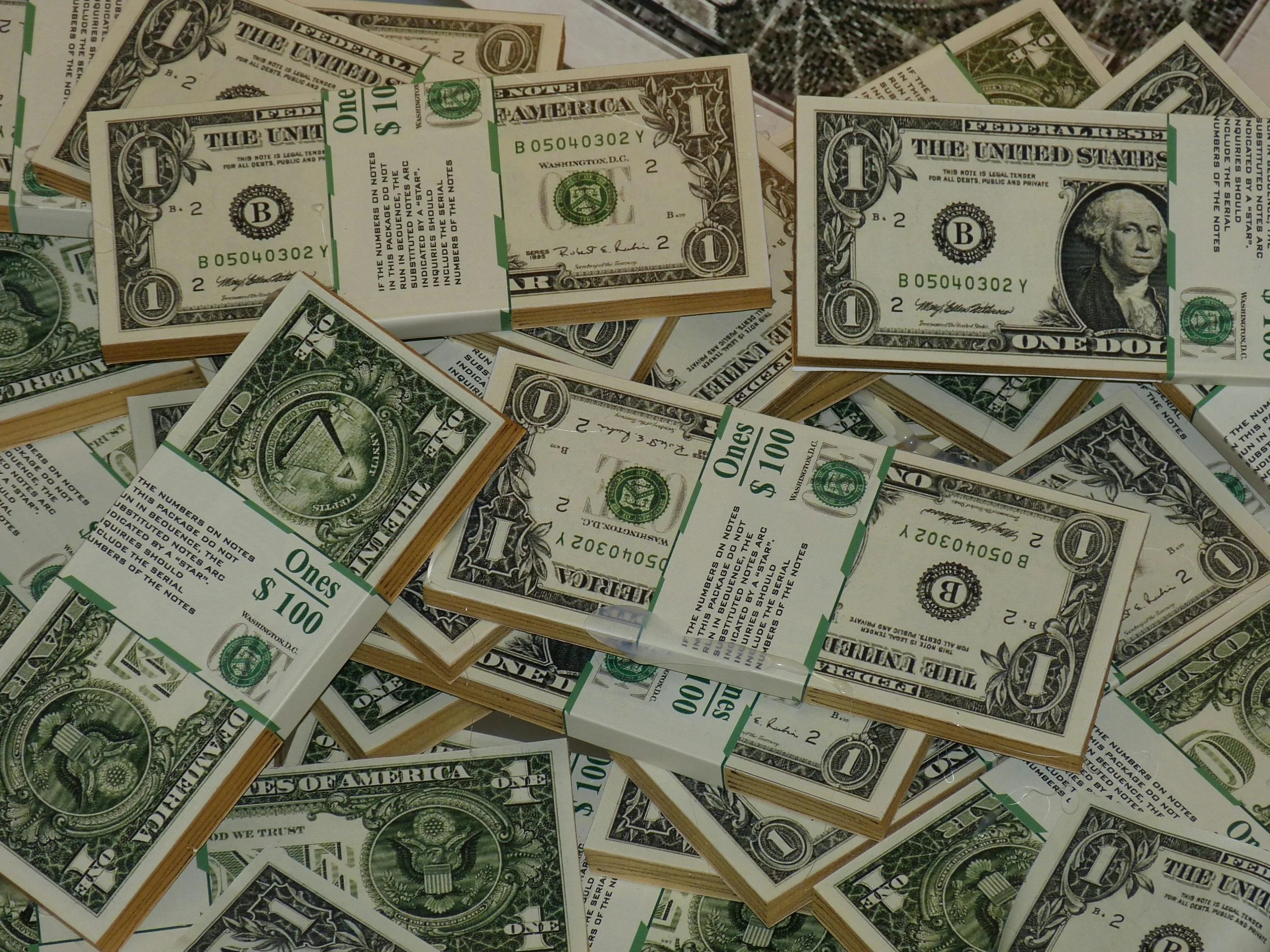Dollar Doldrums
This past January 13, a week before the Presidential inauguration, the U.S. dollar was riding high. How high? Measured against a basket of other currencies, including the euro and the yen, it stood at 109.96—meaning, among other things that a dollar would buy more than a euro on the world markets—and imported goods and services were proportionately cheaper for U.S. buyers. The previous September, the dollar was basically on a par with the euro, so this was a nice little jump which, among other things, tamed the inflation rate a bit.
Since then, the dollar has sunk to a low of 96.8 in early July before recovering a bit to where it had been last September. You may have read headlines asking why the dollar has experienced its fastest 6-month drop since 1973—which happened to be the year President Nixon took the American currency off of the gold standard. The proposed answers include the uncertainty around tariffs, an out-of-control federal deficit (and dramatic raising of the debt ceiling), unprecedented questions about the independence of the Federal Reserve Board and downgrading of the U.S. credit rating. These factors seem to be outweighing the relative stability the U.S. economy and high U.S. interest rates, which normally lead to a stronger dollar.
The dollar’s strength is impacted by international holders of U.S. financial assets, and their leverage is not inconsiderable: $30 trillion worth of U.S. stocks, Treasury bonds and corporate bonds. If those banks and investors start selling off dollar-denominated holdings, then the dollar’s value will sink further. That would be good for inflation, and make American-made products a bit cheaper in foreign marketplaces. But a weaker dollar also reflects poorly on The American economy, and potentially points to the day when the world begins to reduce its dependence on the American currency for international transactions.

